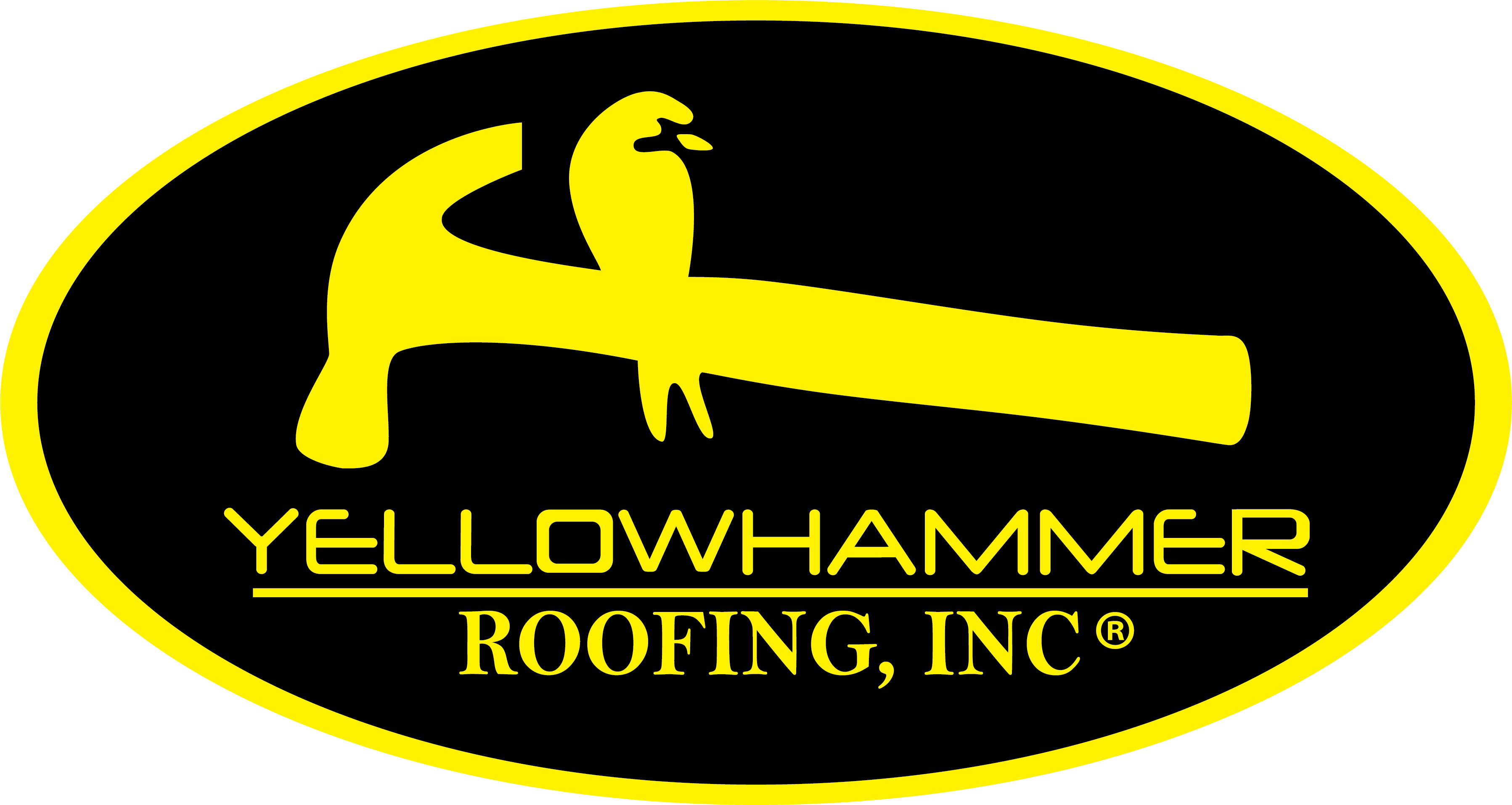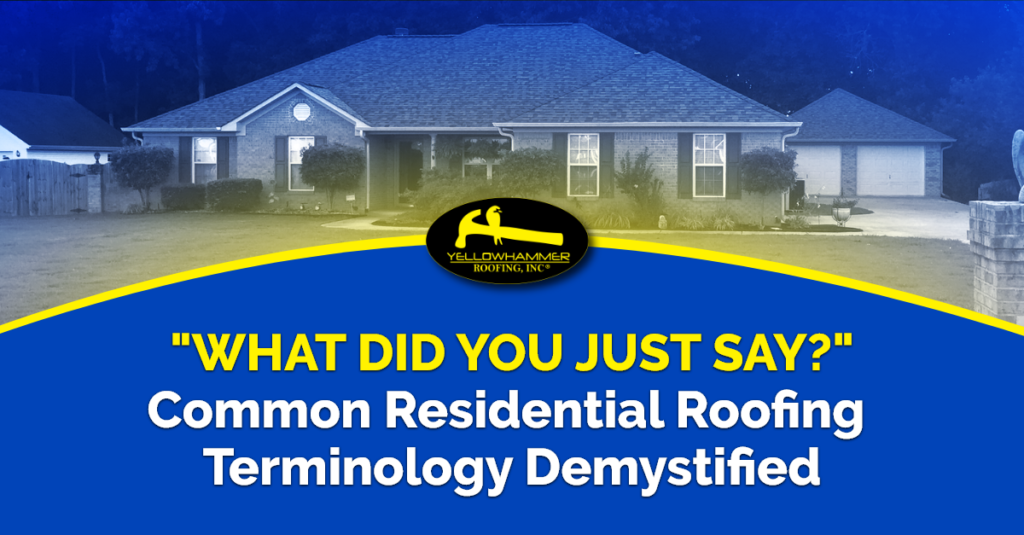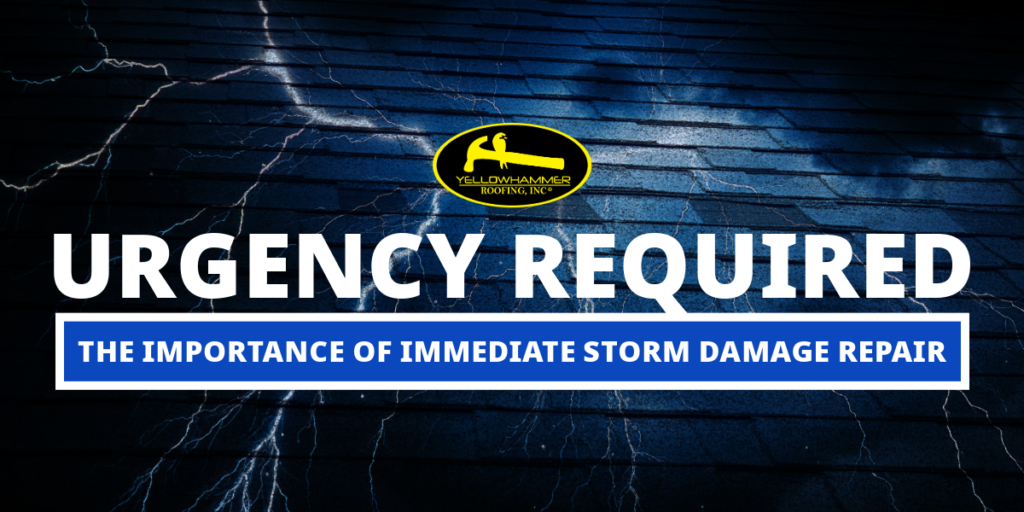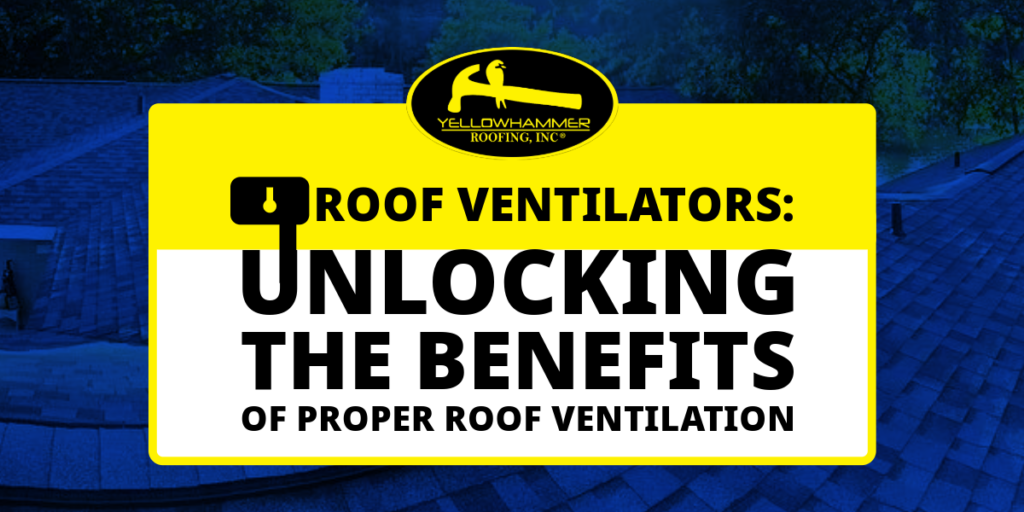Suppose you’re in the market for a new roof or simply need roof repair services. In that case, knowledge of common residential roofing terminology can be downright handy when fielding bids from prospective roofing contractors. It can build up your confidence and allow you to make an educated decision regarding your roofing project. Here’s an introduction to common residential roofing terminology.
Residential Roofing Terminology
Roof Decking
Also known as sheathing, the roof decking is your roof’s foundation. It is comprised of wooden boards that rest against the framing (joists and trusses). Its purpose is to enclose the roof structure and provide a sturdy surface for applying roofing materials. The decking needs to be strong enough to support foot traffic, the weight of roofing materials, and the occasional snow load.
Decking materials include plywood, tongue-and-groove boards, oriented strand boards (OSB), and wood planks. Plywood and OSB are today’s most popular types because of their strength, flexibility, and relative affordability.
Valley
A roof valley is an area where two roof slopes meet. Its primary purpose is to allow water to flow down the roof. Since valleys are vulnerable to leaks, they are usually reinforced with a specialized underlayment membrane and valley flashing.
There are three main types of roof valleys: open, closed, and woven. Your choice will depend on your roofing materials, the desired look of the roof, and the climate.
Fascia
Fascia is the term used for the long, straight boards installed around the perimeter of a building underneath the roof’s overhang. The boards are often nailed to the lower ends of the rafters and trusses and used to hang the gutters. While most fascia boards are made from wood, materials like aluminum, vinyl, and plastic are also available.
Fascia prevents roof damage by blocking moisture and animals from getting into your roof cavity. Aesthetically, fascia creates a smooth appearance at the roof’s edge and allows you to add a splash of color to your home’s exterior.
Soffit
The soffit is any finishing material, such as vinyl, aluminum, or wood, which is installed to cover the underside of an overhanging eave. It connects the roof border to the side wall of your house. It serves both aesthetic and functional purposes.
Soffits are either vented or non-vented. The vented type has small holes that allow for proper airflow into and out of the attic space, regulating temperature and preventing moisture damage. Non-vented soffits do not have any openings and are commonly made of plywood. Soffits also serve an aesthetic purpose by hiding visible rafters from sight and giving your home a more “buttoned-up” appearance.
Underlayment
The underlayment is a synthetic fabric or asphalt-saturated felt sheet installed between the roof deck and the shingles. Manufacturers design underlayment to provide additional weather protection and create a flatter surface to which all other roofing materials can be securely adhered. Depending on the type and quality, roof underlayment can be water-resistant or waterproof.
Flashing
Flashing is a corrosion-resistant metal strip used to direct water away from the seams and joints of the roofing system. It’s typically installed in valleys, around skylights and vents, at the base of chimneys, and the roof’s edge. Flashing is installed over the underlayment and underneath the shingles.
Various flashing material options include galvanized steel, copper, and aluminum. Depending on its application, flashing can either be rigid or flexible.
Eaves
Eaves are the part of the roof hanging over your house’s exterior walls. The eaves form an overhang to divert water away from the walls and distribute the roof load more evenly. Most eaves house intake vents.
Ridge
Ridge refers to the horizontal line on the top of your roof where two roof planes meet. It is the highest point of the roof’s frame. Ridge vents are installed along the ridge to provide continuous, uniform exhaust ventilation. Ridge cap shingles are then installed over the vent to protect your home from the elements and give a clean finished look to the roof.
Inspection
A roof inspection is a comprehensive assessment of all roofing components on or in your home. A professional roofer performs an inspection to determine the condition of your roof and what, if anything, needs to be done to fix any issues. A roofer can also do an inspection to certify a roof, especially when buying or selling a house. This helps determine the quality and remaining lifespan of the roof.
Estimate
When it’s time to get a new roof or roof repair, your roofing contractor will provide you with an estimate. An estimate is a written summation of the scope of your roofing project.
At the minimum, an estimate should contain information about the roofing contractor, permits, materials list, estimated project timeline, clean up, the overall cost of the job, and payment terms.
Need roof replacement or repair services in Birmingham, Alabama? Our friendly, knowledgeable, and experienced roofing experts at Yellowhammer Roofing are here to assist you with making the most informed decisions. Contact us today to find answers to any residential roofing questions or request a free roofing estimate.






